America's flood epidemic
Severe flooding is becoming increasingly common in the U.S. — and more destructive
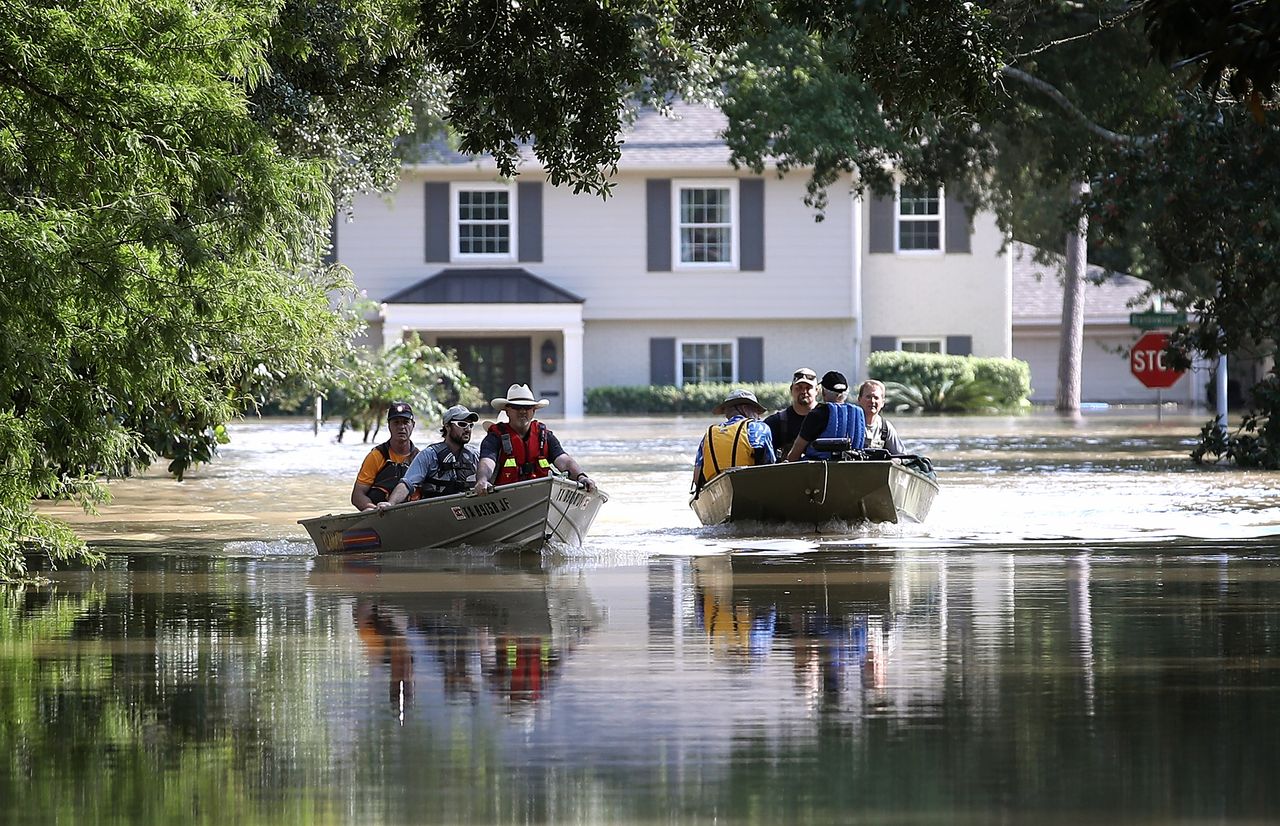
Severe flooding is becoming increasingly common in the U.S. — and more destructive. Here's everything you need to know:
How bad is the problem?
Flooding is the most costly type of natural disaster in the U.S., responsible for an average of 140 deaths and $6 billion worth of damage each year. Hurricane Harvey, which dumped 50 inches of rain on Houston last month, was the Texas city's third "500-year" flood in three years. (A 500-year flood theoretically has a 1-in-500 chance of happening in any given year.) Extreme rainstorms worldwide are up more than a third since the early 1980s. Miami Beach, Florida, experienced 33 flood events between 2006 and 2013, compared with just 16 in the seven preceding years. By the middle of the century, a majority of U.S. coastal areas are expected to be hit with 30 or more days of flooding each year. Harvey wasn't "the storm of the millennium," says David Conrad, a consultant for the Association of State Floodplain managers. "It's going to happen again and again."
Subscribe to The Week
Escape your echo chamber. Get the facts behind the news, plus analysis from multiple perspectives.

Sign up for The Week's Free Newsletters
From our morning news briefing to a weekly Good News Newsletter, get the best of The Week delivered directly to your inbox.
From our morning news briefing to a weekly Good News Newsletter, get the best of The Week delivered directly to your inbox.
What's behind the increase?
Climate change. Rising sea levels — the result of glaciers and ice caps melting in warmer temperatures — make storm surges along coastal areas much worse. Warmer oceans also evaporate faster, and warmer air can hold more moisture, meaning big storms can absorb and dump larger volumes of water. And higher sea temperatures give brewing storms more energy to feed off; when Harvey formed over the Gulf of Mexico, sea-surface temperatures were as much as 7.2 degrees Fahrenheit above the historical average. Some climate scientists believe global warming has also weakened the prevailing winds that move weather systems around, exacerbating heavy rainstorms, heat spells, droughts, and other extremes. That phenomenon might explain why Harvey "stalled" over Houston for five days. With temperatures and sea levels still rising — oceans are expected to rise by 8 feet by 2100 — flooding is only going to get worse. "We are not going to stop these events from occurring," says Alex Kaplan of the reinsurance company Swiss Re. "They are going to become more frequent, and we should plan for that scenario."
Which areas are most vulnerable?
Nearly 10 million U.S. households sit in 100-year floodplains, mostly on the Gulf and Atlantic coasts. Among the most vulnerable cities are Boston, New York, Tampa, Miami Beach, and New Orleans. But location isn't the only factor — another is overdevelopment. When cities spread out across large areas, developers often pave over the grasslands and wetlands that would otherwise absorb excess water. Houston, which has no citywide zoning laws, is a good example. Dubbed "the Wild West of development," the oil-and-gas hub laid concrete over 30 percent of its surrounding wetlands between 1992 and 2010 — some 25,000 acres. To make matters worse, much of the city's expansion has been in flood-prone areas: At least 7,000 residential buildings have gone up since 2010 in the city's 100-year floodplains.
Why build in flood zones?
One major factor is insurance. While normal homeowners' policies do not cover flooding, the government's National Flood Insurance Program (NFIP) offers artificially cheap premiums to residents and businesses in at-risk areas. This program covers about half of all the properties in 100-year floodplains. Protected by these generous policies — which pay out up to $250,000 for property damage and $100,000 for contents — people feel emboldened to build in at-risk areas, and to rebuild in the same place if their homes are flooded. The NFIP currently insures 30,000 "severe repetitive loss" properties, which have been rebuilt at least four times; one home in Mississippi, valued at $69,000, has flooded 34 times, accumulating $663,000 in claims. Many believe the NFIP, currently almost $25 billion in debt, needs a major overhaul. "If you had to pay the full cost of a risk," says Carolyn Kousky of the University of Pennsylvania's Wharton Risk Management Center, "that might discourage people from living in really risky areas."
Are solutions possible?
Congress passed a bill in 2012 to make NFIP premiums reflect risk, but essentially reversed those changes two years later because of intense political pressure from homeowners and developers. Cities have tried buying up and demolishing properties in flood zones, enacting tougher building codes, and erecting warning signs to show how high previous floods have risen. But they often face fierce resistance from developers and politicians, particularly in places such as Florida, where real estate development is integral to the economy. Another issue is that many Republican politicians continue to downplay the dangers of climate change. Under a directive from Gov. Rick Scott, Florida's Department of Environmental Protection, for example, reportedly prohibited its 3,200 employees from using the words "climate change" or "global warming" in any official communications. But many hope Harvey — and Hurricane Irma, which pummeled Florida two weeks later — will jolt politicians and the public into adopting new policies to mitigate the risks of severe flooding. "We know it's more cost-effective to take these actions up front instead of just waiting for a disaster to strike," says Rebecca Hammer of the nonprofit Natural Resources Defense Council. "It's just a matter of political will and funding."
Deactivating a hurricane
Hurricanes are extraordinarily powerful, releasing as much heat energy as a 10-megaton nuclear bomb exploding every 20 minutes. But some scientists think there may be ways to stop or weaken them. Several companies have developed systems that use pumps to replace warm surface water — from which hurricanes derive their strength — with cooler water from the ocean depths. But it would be extremely difficult and costly to transport, say, 100,000 pumps to the required location when a hurricane begins gathering strength. Another possible solution is to use aerosols to make clouds reflect more sunlight in areas where storms are brewing; in theory, this would curb evaporation and prevent the waters below from warming up. Alas, most scientists believe neither ocean cooling nor cloud brightening is practical. Mark Bourassa of the Center for Ocean-Atmospheric Prediction Studies at Florida State University warns that attempts to interfere with powerful hurricanes could have dangerous unintended consequences. "I'd be really nervous about trying them," he says.
Sign up for Today's Best Articles in your inbox
A free daily email with the biggest news stories of the day – and the best features from TheWeek.com
-
 The EPA's changing mission, explained
The EPA's changing mission, explainedThe Explainer After decades of dramatic successes — as well as failures — the Environmental Protection Agency is at a crossroads
By The Week Staff Published
-
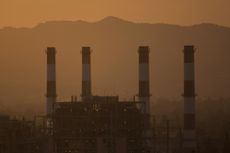 The EPA's changing mission, explained
The EPA's changing mission, explainedThe Explainer After decades of dramatic successes — as well as failures — the Environmental Protection Agency is at a crossroads
By The Week Staff Published
-
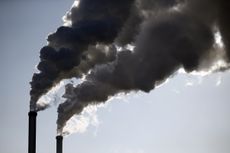 The Paris climate summit: A brief guide
The Paris climate summit: A brief guideThe Explainer More than 190 countries will gather in Paris on Nov. 30 to try to slow climate change. Is it too little, too late?
By The Week Staff Published
-
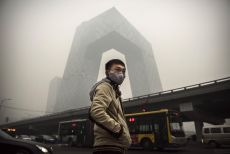 China's green revolution
China's green revolutionThe Explainer The world's worst polluter is worried about climate change, and is now the biggest global investor in green technology
By The Week Staff Published
-
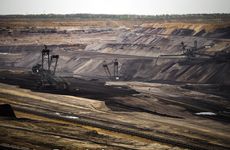 The end of coal?
The end of coal?The Explainer To avoid catastrophic climate change, scientists say, we'll have to abandon the cheapest fossil fuel
By The Week Staff Published
-
 The U.S.-India climate change deal: President Obama is on a roll
The U.S.-India climate change deal: President Obama is on a rollThe Explainer Two cheers for the U.S.-India climate deal
By Neil Bhatiya Published
-
 Obama won't be able to repeat his China climate change deal in India. Here's the next best thing.
Obama won't be able to repeat his China climate change deal in India. Here's the next best thing.The Explainer But here's the next best thing
By Sabina Dewan Last updated
-
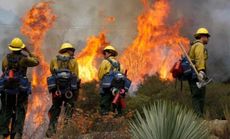 5 things I didn't know about urban wildfires
5 things I didn't know about urban wildfiresfeature
By Marc Ambinder Last updated


